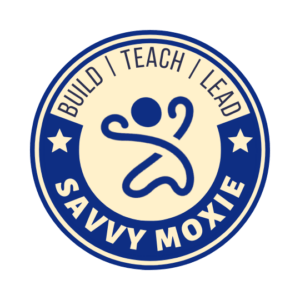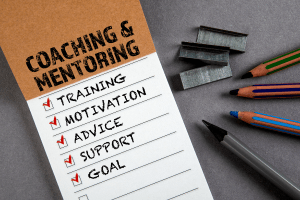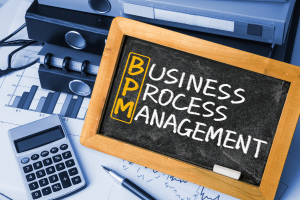Description
What Will Students Learn?
-
- Outline the common elements of three common instructional design models and summarize the common elements of eLearning development.
-
- Create organizational improvement goals.
-
- Propose types of training to address, based on signs that may suggest a need for training.
-
- Recognize commonly used verbs, and action verbs that belong to each of the domains in Bloom’s Taxonomy.
-
- Write measurable learning objectives and determine assessment types for each domain of Bloom’s Taxonomy for the Digital Age.
-
- Create a rubric for an eLearning assignment.
-
- List various activities that could be used to support Universal Design for Learning and list various activities and attitudes that could be used to support LGBTQ2+ learners.
-
- Summarize in plain language the essential message of Accessibility Standards.
-
- Recap the four levels of eLearning and map how each eLearning level corresponds to Bloom’s Taxonomy.
-
- Suggest media standards for personal eLearning development and talk about ways to address the basic tenets of teaching adults.
-
- Establish great activities and create a storyboard for eLearning.
-
- Make recommendations on choosing an eLearning authoring tool and learning management system (LMS).
-
- Evaluate using each level of Kirkpatrick’s Levels of Evaluation.
-
- Determine return on expectation for impact evaluation.
What Topics are Covered?
-
- Instructional design models
-
- Analysis phase – needs assessment
-
- Design phase – learning objectives
-
- Design phase – assessment
-
- Design phase – reducing barriers
-
- Design phase – accessibility
-
- Design phase – design strategy
-
- Development phase – learning experiences and instruction
-
- Development phase – eLearning tools
-
- Evaluation







Reviews
There are no reviews yet.